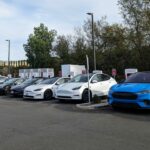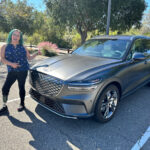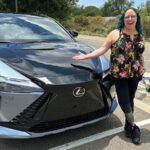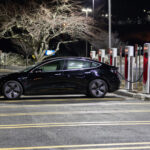The electric car industry is booming, with more and more people making the switch to sustainable transportation. However, one of the biggest challenges facing electric car owners is charging their vehicles. There are currently two main types of electric car charging stations: Level 2 and DC fast chargers.
Level 2 chargers are used by many electric car owners to charge their cars overnight at home. They can also be found at places like restaurants, grocery stores, or hotels. These charges are meant to be used when you have a long time to charge. They may provide 20 to 25 miles of range per hour, which is perfectly fine when you are charging overnight.
DC Fast Charging is used when you need a quick charge. These stations are generally more costly but can charge your car to go a couple hundred miles in under 30 minutes.
Current charging standards
Currently, there are three different types of fast charging plugs: Tesla, CHAdeMO, and CCS. Tesla plugs can only be used by Teslas, CHAdeMO plugs can only be used by some Nissans, and CCS plugs are used by pretty much everyone else including the Nissans that don’t use CHAdeMO. The lack of standardization in electric car charging is a major headache for both drivers and businesses.
Some people have compared the different plugs to the old VHS versus Betamax standards when VCRs first came out. Each standard had its advantages, but it also made things a bit complicated for consumers trying to pick which VCR to spend their money on. Eventually, VHS became more popular and Betamax VCRs just disappeared from store shelves.
With charging plugs, it looked like CCS might win out because it was being used by all manufacturers other than Tesla. On the other hand, Tesla has sold more electric cars than all of the other companies.
Last fall, Tesla announced they wanted to make their plug available to use by other companies in an effort to simplify charging options. They published the technical details of their plug and renamed it to NACS – North American Charging Standard. At first, it seemed like no other manufacturer wanted to go along with Tesla. They all seemed invested in continuing with CCS.
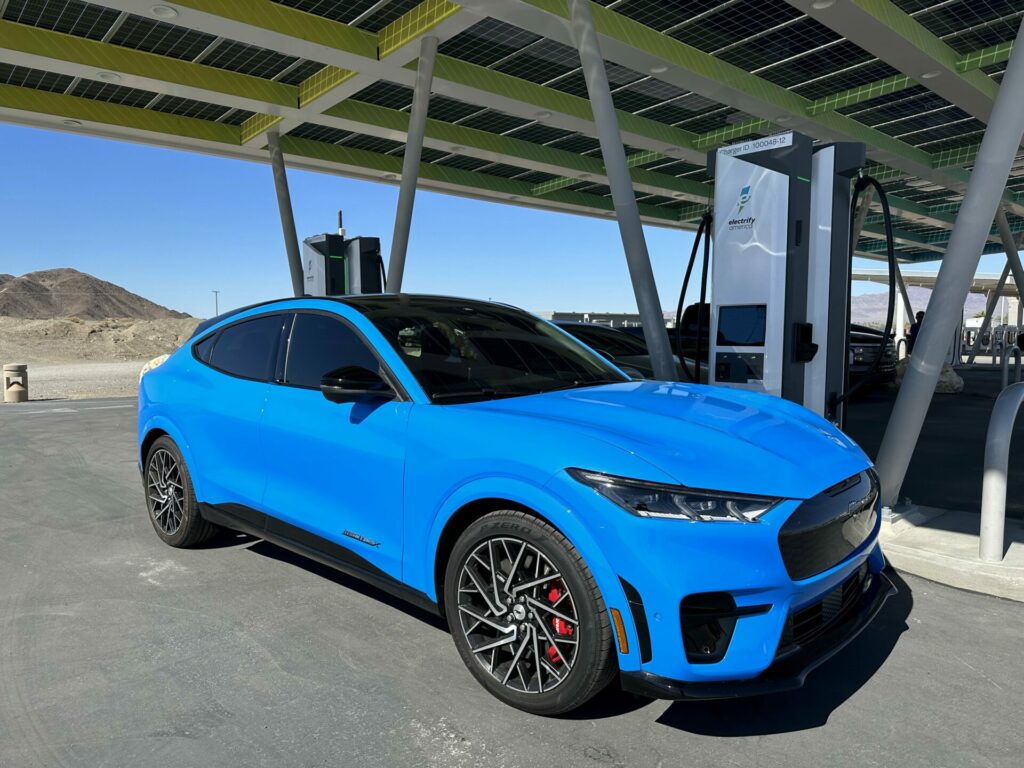
Ford & others make the switch
That all changed on May 25th when Ford announced they had an agreement with Tesla to use NACS. About a week later, GM announced they would be doing the same. And since then, Rivian, Volvo, and Polestar have also announced agreements and other manufacturers are reportedly in negotiations with Tesla. For each manufacturer, they said 2024 will be a transition year but by 2025, their cars will have a NACS port built in. Their agreements with Tesla also give these cars access to over 12,000 Tesla Superchargers.
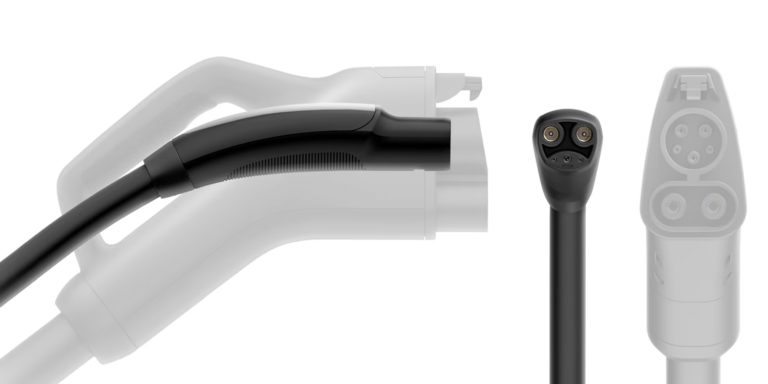
One aspect of switching to the NACS connector that excites electric car owners is that the NACS connector is much smaller and easier to handle than the bulky CCS connector. The design of the CCS also makes it more finicky about how it is plugged in. You know those old Micro USB cables that you couldn’t plug in unless you lined up just right? The CCS connector is like that, only worse.
Although the goal is to simplify fast charging in the long term, the transition is making it quite messy in the short term. There are lots of questions and unknowns about how each company will switch to NACS and what happens to their cars that currently charge with CCS.
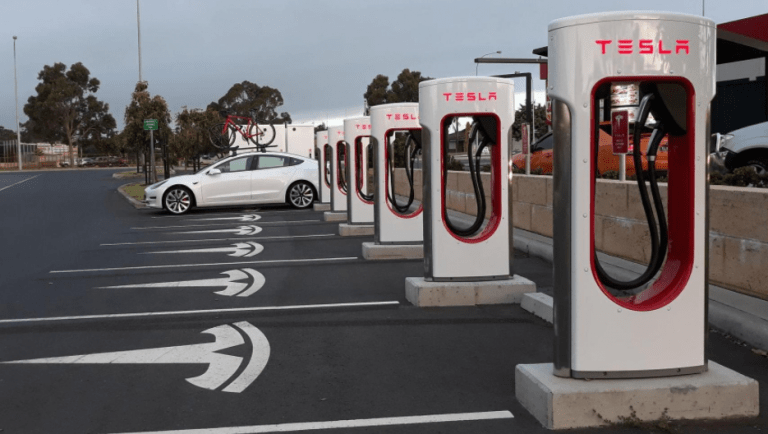
What this means for current EV owners
What does this mean if you have an electric car from Ford, GM, Volvo, or others that have announced the switch to NACS? The good news is that the situation isn’t quite as bad as the old Betamax vs. VHS days. The car manufacturers that have announced they are switching to NACS have also said they will provide adapters for their current owners. By using an adapter, you would be able to charge a CCS car on a station that only has NACS. And Tesla has committed to making the charging process as simple as possible even if you do use an adapter.
We haven’t seen any images or prototypes of the CCS to Tesla adapter, but we have seen the opposite Tesla to CCS adapter. This adapter enables Tesla owners to charge at any CCS charger. Many Tesla owners have reported that the adapter is simply to use and gives them more options.
What if you have a CCS car from someone that hasn’t announced a switch? The best advice is to not panic! First, it is still early in this process and I’m quite sure other companies will be announcing switches soon. But even if they don’t, it may still be OK. Several charging companies have also announced they will support both NACS and CCS. This means that you may not even need that adapter to charge at many stations. It is also likely that a CCS to NACS adapter will be made for cars that aren’t from manufacturers that made the switch.
What this means for future EV owners
If you are in the market for a new electric car, should the type of charging port be a major deciding factor in what you buy? As long as you don’t mind using an adapter, it probably doesn’t matter what port the car has. If you don’t want to use an adapter, your only option might be to wait a few years until the NACS vs CCS battle is over.
All that being said, it is important to note that if you can charge at home, the charging port really won’t matter. You’ll just get a station that matches your car and you are set for most of the time. It is estimated that over 90% of charging is done at home for EV owners.
In the end, there are a lot of changes happening in regards to charging standards, but the good news is that electric car owners are going to be OK. And in a few years, this all just means we will have more charging options and flexibility than we do now!


